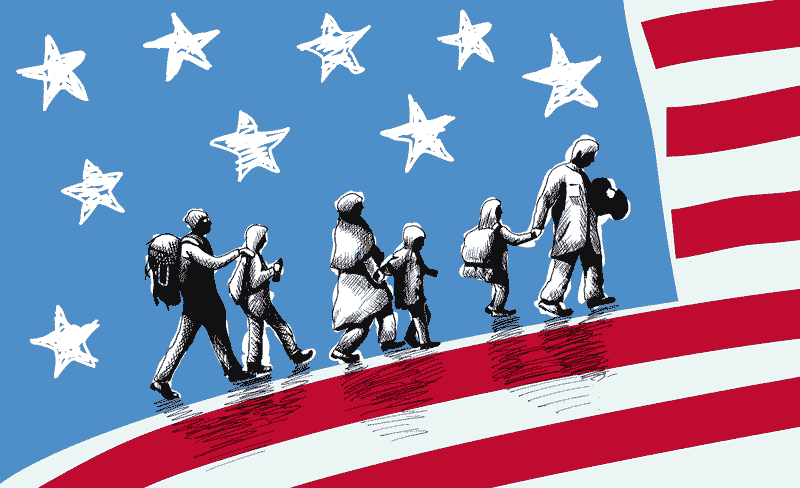2024: Connection
-
Culture War and Class Conflict

Conflict or war arises when opposing interests come into collision, and such may find itself in any sphere, whether in that of culture or of economics. This is evident even in the circumstances of our own day. The progress of media and technology, the shifting definitions of personal identity, and the efforts either to transform
-
Justice on the Brink

The thick air from smoke rises up around the charred government buildings of Kathmandu, Nepal. Loud clanging of flagpoles falling down and the sound of chants echo throughout the city center of Basantapur Square, led by young protestors. However, one question rings louder above all else: can peace truly be forged in the midst of
-
Commodified Happiness
In this modern world, it seems that all anybody wants is to be happy. In education, employment, and even in personal life, the desire for happiness plays a crucial role in how people live their lives and is a common motivator behind a person’s behavior. However, the true meaning of happiness is warped by those
-
Deadly Addiction: America’s Dark Obsession
True crime podcasts have exploded in popularity in recent years, captivating tens of millions of consumers who eagerly indulge in real crime stories. Podcasts like Crime Junkie and My Favorite Murder present these crime tales as entertainment but often blur the line between advocacy and exploitation. The Adnan Syed case, popularized by Serial, is one
-
Introverts or Extroverts?
After a long week, do you find yourself unwinding at home, curling up with a good book, or escaping into the comfort of your favorite show, wrapped in a pile of soft, fuzzy blankets? The quiet, the calm—it’s a perfect retreat for an introvert seeking to recharge. Or perhaps the best reward lies in the
-
Finding Fall Connections
As the beautiful air of autumn surrounds us, there is no shortage of activities to celebrate the season. If you are looking for something low-cost or a splurge, a quick adventure or a whole day of celebration, the best part of fall is not what you do—it is who you do it with. This season
-
NYT Connections: More Than Just A Puzzle

Autumn Leaves Trees Orange – Words Related to Fall. Two categories left! Now you continue guessing, using your last attempt. Lo and behold, you were wrong, and now you have one guess left. Some might give up and forget about the game, while others might agonize over it for a while, still unable to solve
-
Connections & Catfishing

What if your significant other isn’t real? Imagine discovering that everything you knew about them was nothing more than a figment of your imagination. Manti Te’o, a football star at Notre Dame University, met his girlfriend Lennay Kekua via Facebook. She attended Stanford University, and, at 22, passed from a car crash and leukemia the
